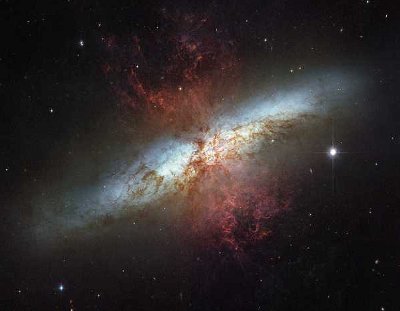Astronomy has a universal appeal. So don't be star-struck. Take this quiz to see what you know and find out more.
Difficult, 10 Qns, andshar,
Feb 05 24
|
|
 This quiz will focus on some of the most famous images taken by the Hubble Space Telescope. Hubble was first launched in 1990 and has revealed to us many of the cosmos' magnificent visual treasures.
This quiz will focus on some of the most famous images taken by the Hubble Space Telescope. Hubble was first launched in 1990 and has revealed to us many of the cosmos' magnificent visual treasures. |
|
 = Top 5% Rated Quiz,
= Top 5% Rated Quiz,
 Top 10% Rated Quiz,
Top 10% Rated Quiz,
 Top 20% Rated Quiz,
Top 20% Rated Quiz,
 A Well Rated Quiz
A Well Rated Quiz
· All questions, answers, and quiz content on this website is copyright FunTrivia, Inc and may not be reproduced without permission. Any images from TV shows and movies are copyright their studios, and are being used under "fair use" for commentary and education.